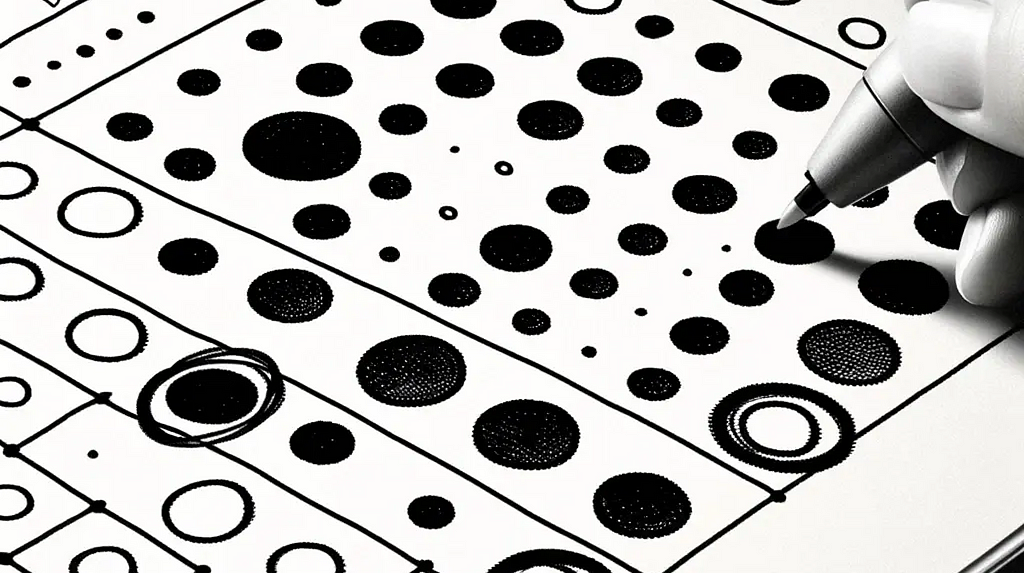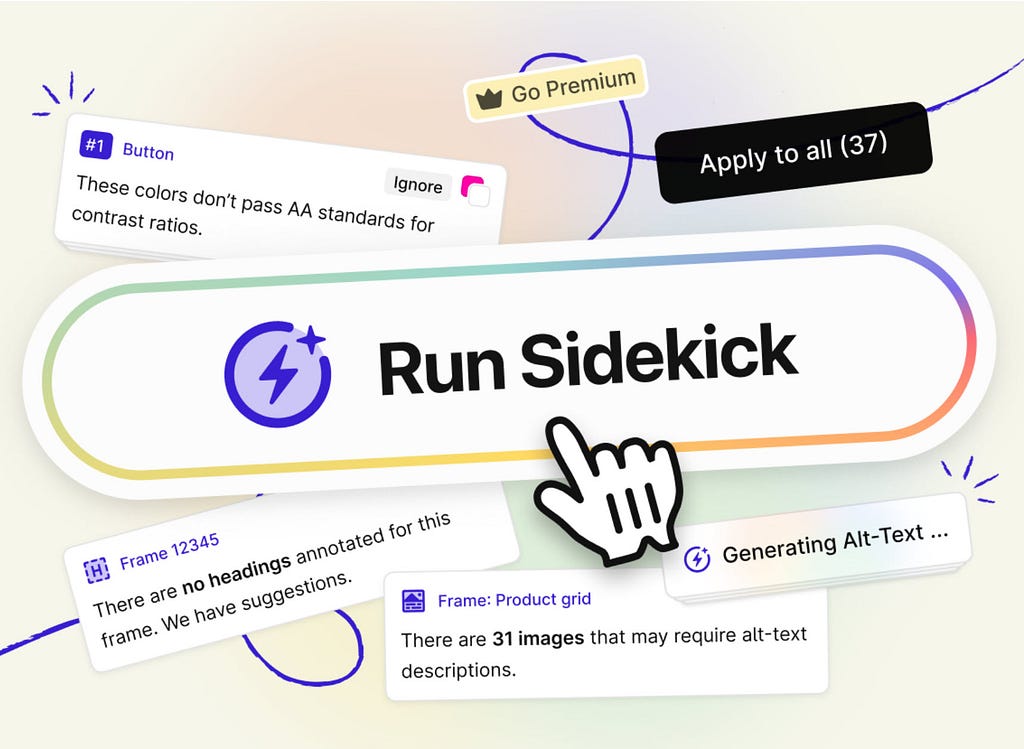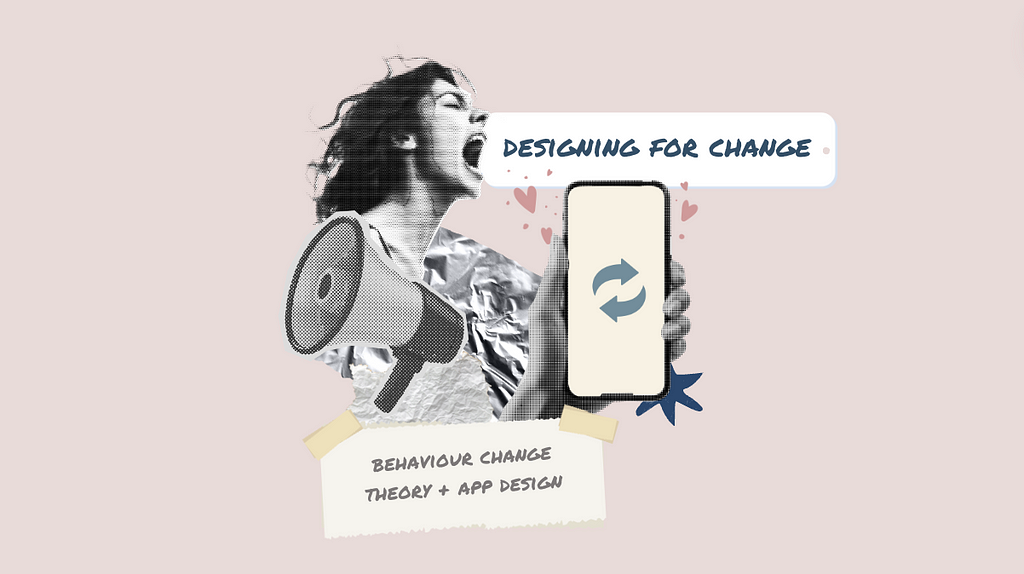UX News
A look at what's going on in the field of user experience.
A “single source of truth”-and other Design System lies
, UX Collective - MediumTruth as shared responsibility.
Beyond “done”— prioritizing quality in product experiences
, UX Collective - Medium
When quantity of features is the default for many organizations, how can UX-minded individuals bring about, and protect quality? Let’s talk about a simple starting point that you can integrate into your teams operations.First, a reality check.
Let’s be honest, unless you’re in one of a very small number of markets, your organization is not going to be best served by trying to platinum-plate every touchpoint, in every user experience in every product, every time.
Supercharge accessibility with Sidekick from Stark
, UX Collective - Medium
The promise of AI as a workflow accelerator for the UX process is a given. As I pointed out in a recent article the great promise of AI is that “AI will reduce our “busy work” load by automating processes, aiding research, and so on.” What has frustrated me is finding solid examples of AI doing just that. In a course I am developing for LinkedIn Learning I found one when I encountered the updated version of Stark’s Sidekick tool for Figma.
Stark is all about Accessibility when it comes to UX Design in Figma and Sidekick is an integral part of the Stark plugin set. The recent update to Sidekick- Sidekick V2- provides the Design and Development team with a tool that does, indeed, apply AI to reduce your “busy work” when it comes to Accessibility.
Designing for change: understanding behaviour change theory
, UX Collective - Medium
By exploring 3 key Behaviour Change Theories, we look at how they inform app design and the extent to which apps can really change behaviour.Designing for change: Behaviour Change Theory and App Design. Image made on Canva.If changing behaviour were simple, we’d all be perfect, and household names like Cadbury and Haribo might struggle to survive.
Yet, altering behaviour is a complex challenge.
A Blueprint for Writing Survey Questions
, MeasuringU
Like with writing an article or book, it can be a challenge to sit down and write survey items.
Few professionals have taken a formal course in survey development. Instead, most rely on their experiences or best practices.
Design Monthly Vol. 10
, UX Planet - Medium
I save many things each month that I find inspiring for some reason, and I like organized lists, so I figured I’d share those lists and maybe help someone out of a creative block.
But more importantly, I am pushing an old idea that inspiration is everywhere if you look with the right mindset. Being a product designer does not mean you can’t draw from architecture, graphic design, or type design. It also does not mean you can’t draw ideas and inspiration for your project by reading articles, brand stories, or tweets.
Sustainable UX Design: Promoting Behavior through Cognitive Biases
, UX Planet - Medium
Image source: Freepik“If the internet was a country; it would be the 4th largest polluter in the world.” This striking insight highlighted by Sustainable Web Manifesto draws attention to the significant, yet often overlooked, environmental impact of our digital actions. Each digital interaction we engage in — every click, swipe, and tap — goes beyond the screen, and carries a tangible environmental footprint.
But what does sustainability mean in spaces where physical tangibility is a foreign concept? Can cognitive biases influence users’ actions and behaviors towards more sustainable decisions? Below I discuss how some of the cognitive biases are utilized to have an impact on environmental sustainability and encourage users towards eco-conscious behaviors. From nudge theory to framing effect, we will explore a variety of real-life examples.
I’m done talking about MVP, let’s talk about real products
, UX Planet - Medium
I’m done talking about MVP, let's talk about real productsThe concept of MVP is so ambiguous it leads to confusion in product design conversations.When you hear “MVP,” what comes to mind? If you’re a regular person, you’ll probably think about the Most Valuable Player in some sporting match. However, if you’re reading this, you’re likely thinking about the famous (or infamous?) Minimum Viable Product. But, do you really know what it means?
The MVP of the FIFA World Cup 2022I recently took part in a workshop where the facilitator asked the participants about their definitions of MVP. We all gave different answers. Most of us viewed it as a functional product that provides value to users, even if it’s not perfect. However, depending on who you ask, you will get a different interpretation.
5 Lead Designers about an expiration date of creative career path
, UX Planet - Medium
Hello! We’re Pragmatica, a design studio powering digital shifts. We enjoy exploring contentious topics within the design community.
Today, we’re sparking a conversation with top designers about
How Long Are Typical Unmoderated UX Tasks?
, MeasuringU
A common logistical consideration when planning a task-based usability study is how much time you should plan for a task.
Many usability studies (especially benchmark studies) suffer from trying to do too many things. That includes asking participants to attempt too many tasks. It’s understandable why tasks get packed in—even low-cost usability testing takes time and money, so you want to make the most of the effort. This is especially the case when participants are difficult or expensive to recruit.

